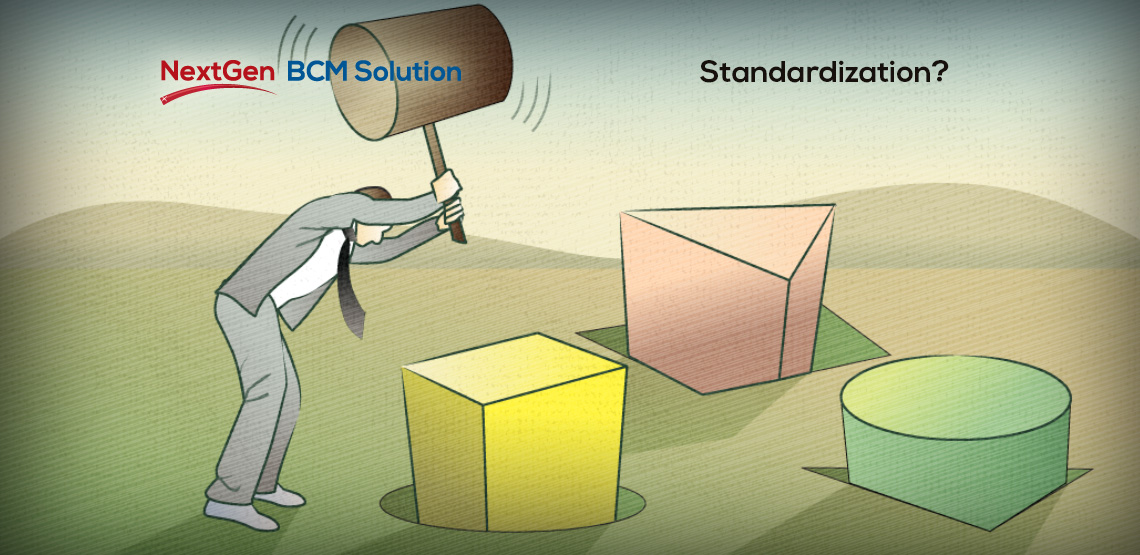(NOTE: This is the first part of the 7th in a series of articles discussing the future of Business Continuity Management. The series starts here.)
Having worked through the Planning phase – gathering data, transforming that raw data into usable information, identifying gaps and gaining an understanding of recovery priorities – enables the harnessing of all that intelligence to develop appropriate and viable Plans.
Standardization
Standardization of Plans can be beneficial. Standardization promotes consistency and auditability, and can make program management (especially Plan maintenance) easier. But because every organization is different (because of its industry type, size, culture and customer base), Plans ‘templates’ should meet the user organization’s unique needs – not just industry ‘standards’, nor the restrictions of the tool the organization uses for BCM planning.
Likewise, Plan templates should have the flexibility to meeting individual needs. Simple fill-in-the-blank templates are easy to complete (and a snap to audit), but seldom provide viable plans (more about viability later). Users often look for a software tool to provide the ‘intelligence’ to build plans for them. No software (yet) has that capability. The ‘intelligence’ is provided by the BCM professional who helps a business process ‘owner’ craft a Plan to meet their unique needs.
The ability to create any type of Plan is essential. The use of standardization makes updating, auditing and change management more efficient.
What about the Plans themselves? Rather than being stand-alone documents, Plans need to enhance the organization’s Incident Management capabilities.











